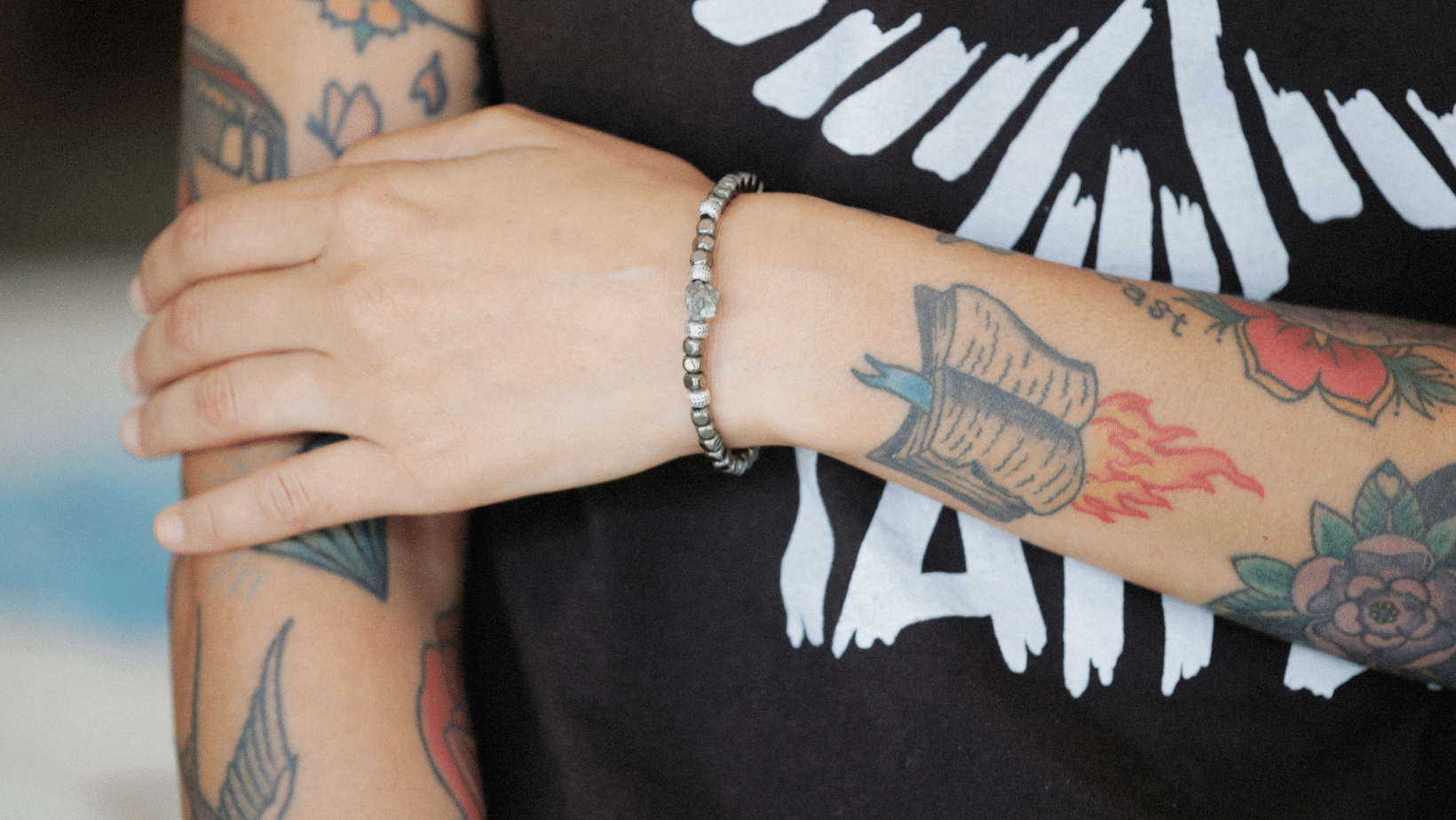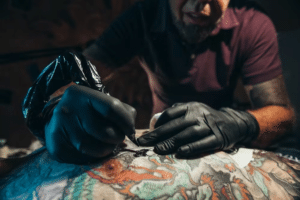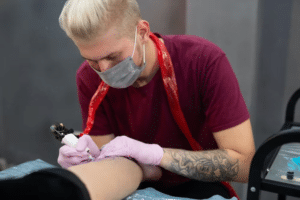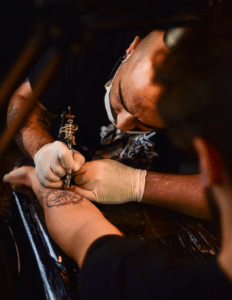Become an Artist On Your Skin: How To Tattoo Yourself Safely
Are you interested in learning how to tattoo yourself? If so, you’re in the right place! Tattooing yourself can be a great way to save money and personalise a piece of art that belongs to you. However, it’s important to understand the risks and rewards before taking on such a task. In this article, we will discuss the basics of tattooing yourself and provide tips on making it a safe and successful experience.
However, it’s important to understand the risks and rewards before taking on such a task. In this article, we will discuss the basics of tattooing yourself and provide tips on making it a safe and successful experience. The next step is preparing the area of the skin where the tattoo will go. Make sure to shave any hair around the area so that there is a clear view of what needs to be done.
The next step is preparing the area of the skin where the tattoo will go. Make sure to shave any hair around the area so that there is a clear view of what needs to be done.
 However, it’s important to understand the risks and rewards before taking on such a task. In this article, we will discuss the basics of tattooing yourself and provide tips on making it a safe and successful experience.
However, it’s important to understand the risks and rewards before taking on such a task. In this article, we will discuss the basics of tattooing yourself and provide tips on making it a safe and successful experience.Station Materials
Station materials are essential in the art of tattooing. These items create a safe and effective workspace for artists and clients alike. From sterilisation equipment to comfortable seating, the right station materials can make all the difference in a successful tattoo session.One important station material is an autoclave. This device sterilises needles, tubes, and other tools before each use. It uses high-pressure steam to kill any bacteria or viruses that may be present on these items, ensuring that they are safe for use on clients.Another important item is a clean working surface made from a non-porous material like stainless steel or glass. This reduces the risk of cross-contamination between tattoos and ensures that the workspace can be easily cleaned between sessions.In addition to these essentials, some optional station materials can help improve client comfort during their tattoo session.Tattoo Materials
The most common tattoo materials include needles, ink, machines, and transfer paper.One of the most critical components in tattooing is the needle. The needles come in various sizes and configurations, depending on the desired effect. For instance, single needles allow fine line work, while grouped needles create bolder lines or shading.Machines are critical to the process as they allow the needle to penetrate the skin smoothly without causing excessive bleeding or scarring.Transfer paper enables artists to transfer designs onto clients’ skin before beginning work.Another essential material in tattooing is ink – a specifically designed pigment that is safe for use on human skin. Ink is available in different colours and formulations, including vegan-friendly options.Design Materials
When it comes to designing a tattoo, there are numerous materials and tools that can assist in the process.One such tool is tattoo design apps, which have become increasingly popular in recent years due to their convenience and ease of use. These apps allow users to experiment with different designs and layouts before committing to a specific one.Some even offer features like virtual try-on, where you can see how a tattoo would look on your body before getting inked.Stencils are essentially templates that outline the design onto the skin, giving the artist a clear guide to follow when creating the tattoo. They can be created by hand or using specialised stencil printers, and are an essential part of creating precise and accurate designs.Basic Steps In Tattooing
Tattooing yourself can be a rewarding and empowering experience. However, it is important to approach the process with caution and preparation. The following steps will guide you through the tattooing process to ensure a successful and safe outcome.Getting The Right Equipment
Finding a reputable supplier is the first step in getting the right tattooing equipment. A trustworthy supplier will provide you with high-quality tools that meet industry standards.The second step involves choosing the type of needle you want, depending on your tattoo design and preference.The third step is selecting your tattoo machine or gun to deliver the ink to your client’s skin. When looking for a tattoo machine or gun, consider weight, speed, noise level, and durability factors.Picking A Design And Tattoo Placement
When getting a tattoo, there are two main factors to consider: the design and the placement.The design is what you want your tattoo to look like, while the placement refers to where you want it placed on your body. These elements are equally important and require careful consideration before making any decisions.First, when deciding on a design, consider what image or symbol best represents you and your personality. It’s also important to consider the size and complexity of the design, as this can affect both the cost and time needed for tattooing. Researching different styles, such as traditional or realism, can inspire designs.Second, choosing a placement depends on personal preference and practicality regarding how visible you would like it to be or if it will interfere with work attire.Prepare Yourself And Your Skin
First, ensure you are physically healthy before going in for a tattoo. This means eating a healthy meal beforehand, staying hydrated, and avoiding alcohol or drugs that could interfere with the process.Second, choose an experienced artist with a clean and sterile workspace to minimise the risk of infection. You can ask for recommendations from friends or research online by reading reviews.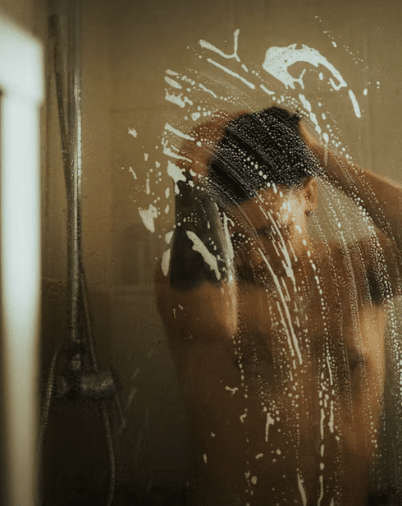 The next step is preparing the area of the skin where the tattoo will go. Make sure to shave any hair around the area so that there is a clear view of what needs to be done.
The next step is preparing the area of the skin where the tattoo will go. Make sure to shave any hair around the area so that there is a clear view of what needs to be done.
